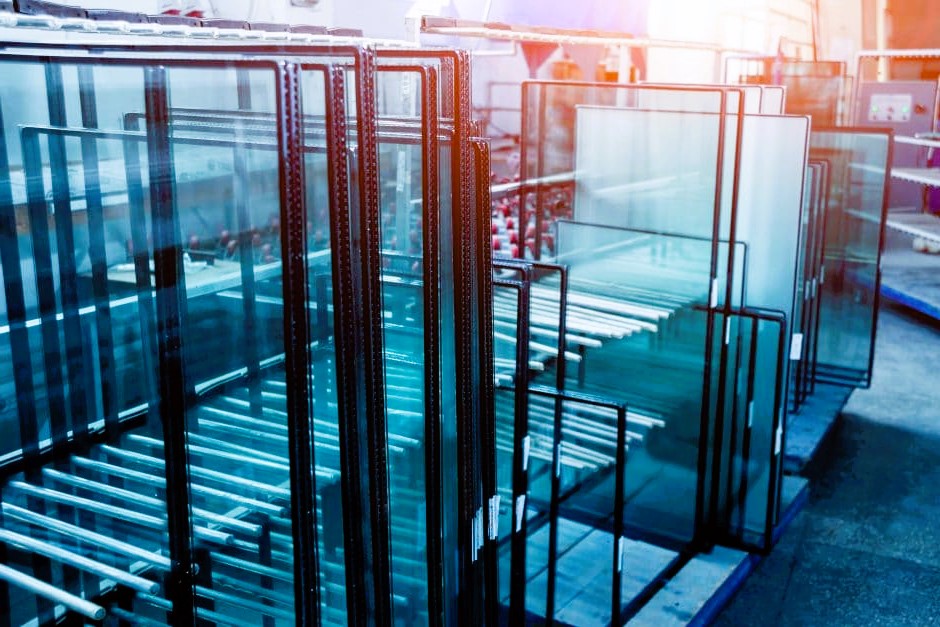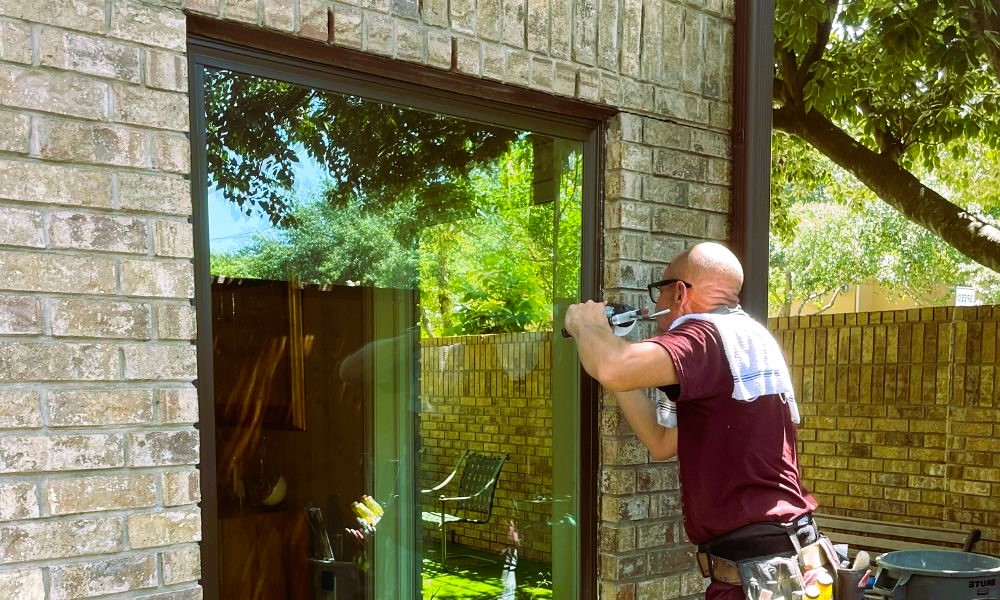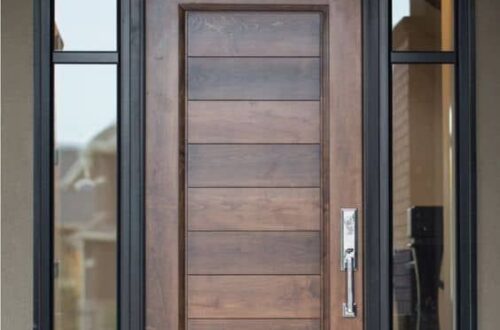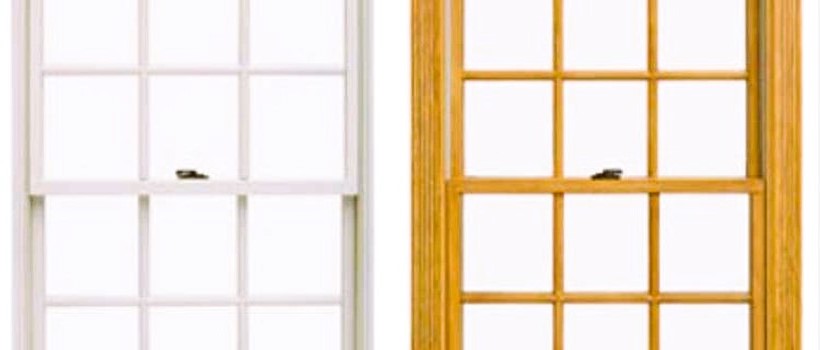The selection of glass for windows and doors is a critical decision for homeowners, architects, and builders. The type of glass you choose can significantly impact the energy efficiency of your home or building. In this article, we will explore various glass types and their effects on energy efficiency, helping you make informed choices to create a comfortable and energy-efficient space.
Understanding Energy-Efficient Glass
Energy-efficient glass is designed to reduce heat transfer through windows and doors, thus maintaining a more comfortable indoor temperature. It achieves this by controlling the amount of heat that enters or leaves a building. The two primary characteristics that determine the energy efficiency of glass are its U-factor and Solar Heat Gain Coefficient (SHGC).
- U-factor: This measures the rate of heat transfer through the glass. A lower U-factor indicates better insulation, meaning less heat escapes or enters your building.
- SHGC: The Solar Heat Gain Coefficient measures the amount of solar radiation that passes through the glass. A lower SHGC reduces the amount of heat transmitted into the building, which is desirable in warm climates.
Common Types of Energy-Efficient Glass

- Low-E (Low Emissivity) Glass: Low-E glass is coated with a microscopically thin layer of metal or metallic oxide. This coating reflects heat and harmful UV rays while allowing visible light to pass through. It is highly effective at reducing heat transfer, making it a popular choice for energy-efficient windows. Did you like the article? Read also about Terrace Doors: Making the Right Choice.
- Double-Glazed Glass: Double-glazed windows consist of two glass panes separated by a sealed airspace or filled with insulating gas. This design minimizes heat transfer and improves insulation. Double-glazed windows often feature Low-E coatings for added energy efficiency.
- Triple-Glazed Glass: Triple-glazed windows have three glass panes with two insulating airspaces or gas-filled gaps. They offer superior insulation and are highly effective in extremely cold climates. The added layer of glass reduces heat transfer and improves energy efficiency.
- Gas-Filled Glass: Some double and triple-glazed windows are filled with insulating gases like argon or krypton. These gases have lower thermal conductivity than air, further reducing heat transfer and improving energy efficiency.
- Tinted Glass: Tinted glass features a special tint or film that reduces the amount of sunlight and heat that enters a building. While it offers some energy efficiency benefits, it can also limit natural light and visibility.
- Reflective Glass: Reflective glass features a metallic coating that reflects sunlight and heat away from the building. It is commonly used in hot, sunny climates to reduce solar heat gain.
Impact on Energy Efficiency
The type of glass you choose has a direct impact on the energy efficiency of your home or building:
- Cooling Costs: Low-E and reflective glass reduce solar heat gain, leading to lower cooling costs in warm climates.
- Heating Costs: Double-glazed and triple-glazed windows with Low-E coatings help keep warm air inside during the winter, reducing heating costs.
- Comfort: Energy-efficient glass can maintain a more consistent indoor temperature, enhancing comfort year-round.
- UV Protection: Low-E and tinted glass can block harmful UV rays, protecting furniture, flooring, and artwork from fading and damage.
- Environmental Impact: Energy-efficient glass contributes to a reduced carbon footprint by lowering energy consumption.
Choosing the Right Glass for Your Needs

Selecting the right glass for your windows and doors depends on your climate, location, and specific requirements. Consider the following factors:
- Climate: Choose glass that suits the climate in your region. Cold climates may benefit from triple-glazed windows, while hot climates may require reflective or tinted glass.
- Orientation: The direction your windows face can impact the type of glass you need. South-facing windows receive more direct sunlight, while north-facing windows receive less.
- Energy Savings: Consider the long-term energy savings and return on investment when choosing energy-efficient glass.
- Aesthetics: Some glass types may impact the appearance of your windows. Low-E coatings are virtually invisible, while reflective or tinted glass may have a noticeable appearance.
- Local Building Codes: Check with local building codes and regulations to ensure compliance with energy efficiency standards.
Conclusion
The choice of glass for your windows and doors is a crucial decision that can significantly impact the energy efficiency of your home or building. Energy-efficient glass types like Low-E, double-glazed, triple-glazed, tinted, and reflective glass offer various benefits, helping you maintain a comfortable indoor environment while reducing energy consumption and costs.
For more information on building standards and regulations in Canada, you can refer to Wikipedia. These resources provide valuable insights into construction and safety standards that may impact your choice of energy-efficient glass for your windows and doors.




